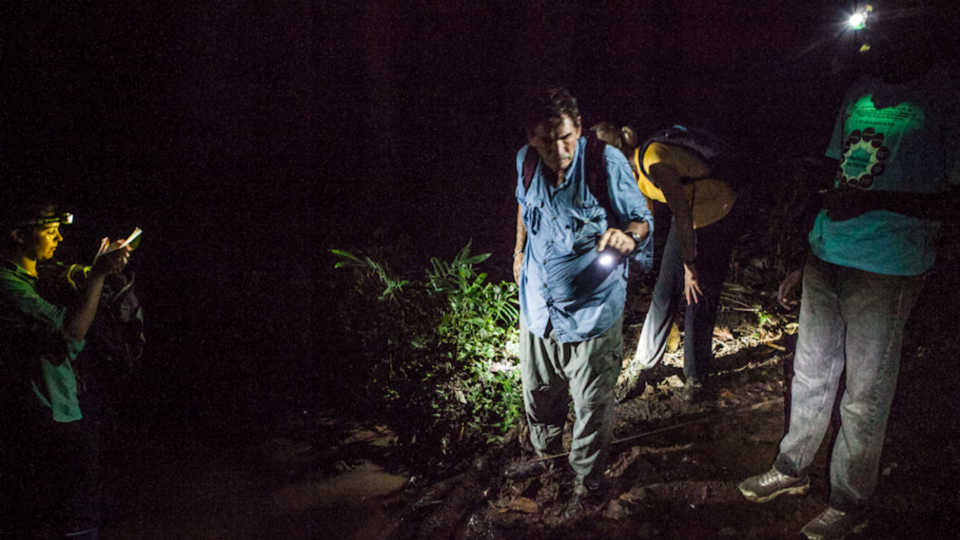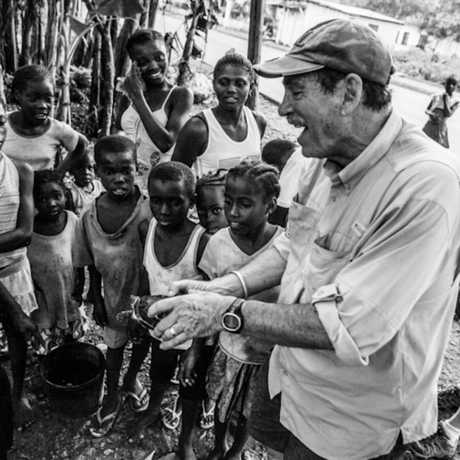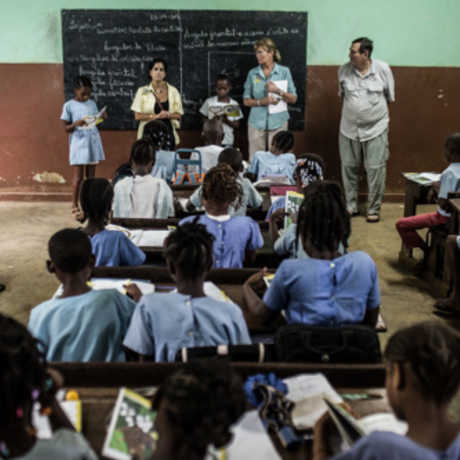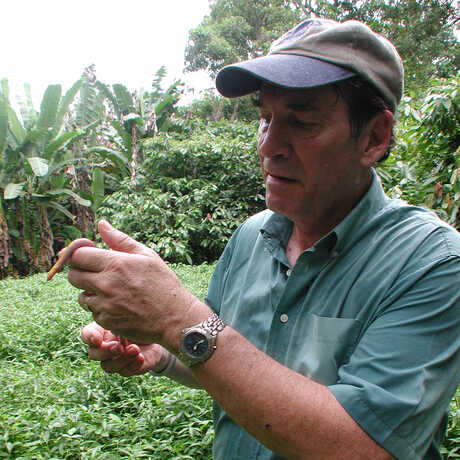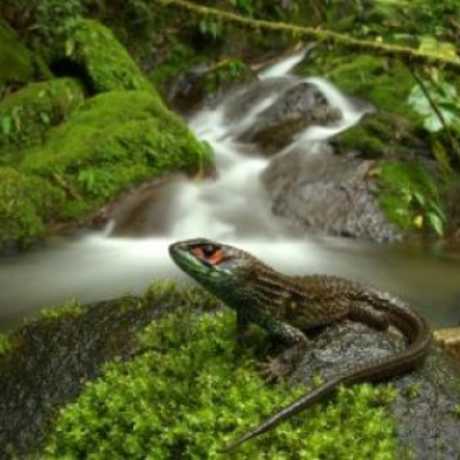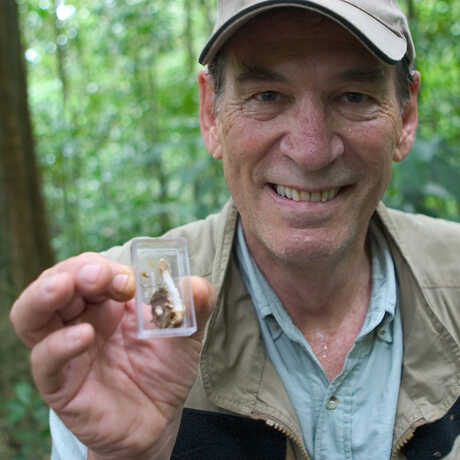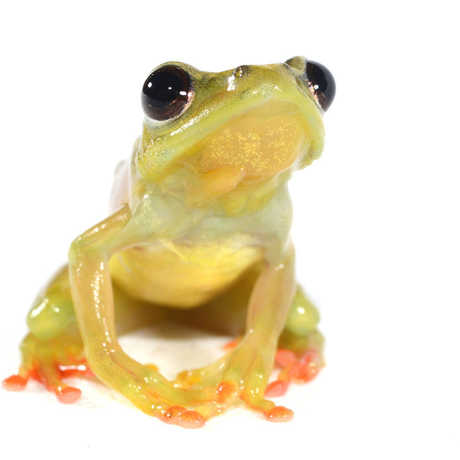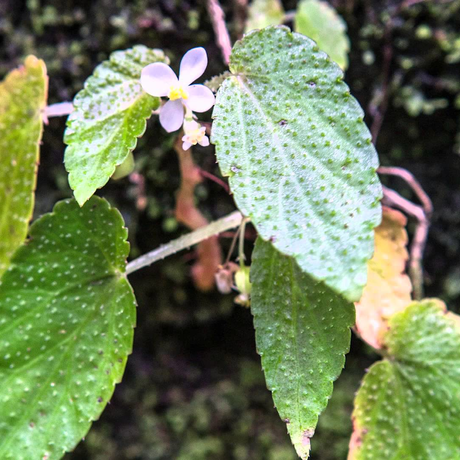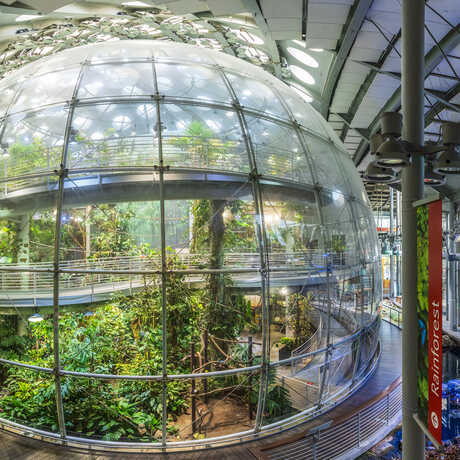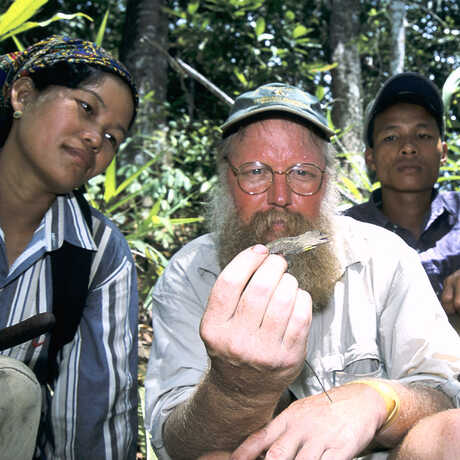The Academy's 13 years of expeditions to São Tomé and Príncipe have involved more than 30 participants and produced more than 20 scientific publications. Led by herpetologist Bob Drewes, these expeditions have surveyed everything from the islands' reptiles and birds to more overlooked life forms such as diatoms and fungi. Other Academy scientists involved have included Jens Vidum, also from the Department of Herpetology; entomologists Norm Penny and Charles Griswold; and James Shevock, a moss and lichen expert. Citizen scientists have also contributed to the researchers’ understanding of life on São Tomé and Príncipe, with many island residents taking pictures of wildlife they encounter and sending images to Drewes and his collegues for identification.
In more recent years, the Academy has focused on local outreach programs in the island nation. Leaders of the Academy’s biodiversity awareness program are Velma Schnoll, Education Project Director, and Senior Science Educator Roberta Ayres.
